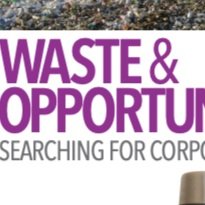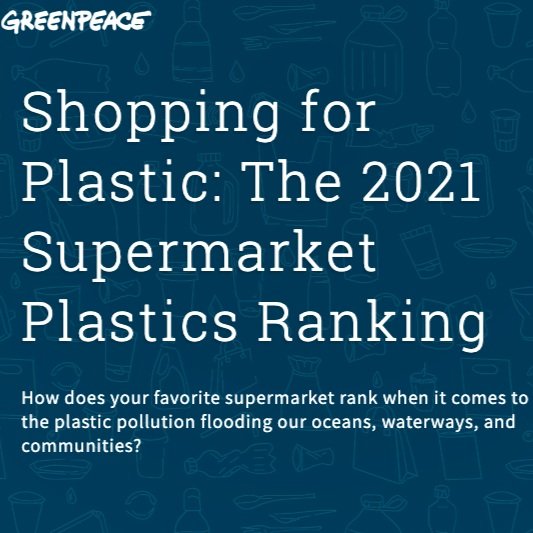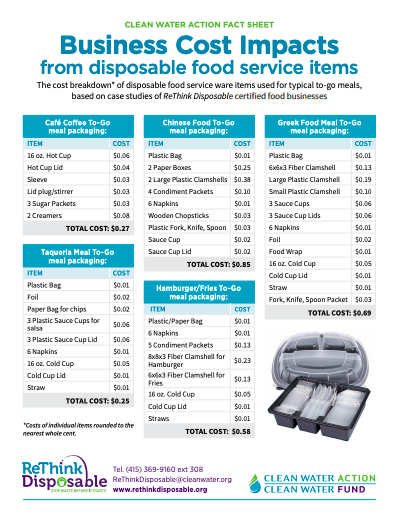
Hazardous Chemicals in Recycled and Reusable Plastic Food Packaging
All types of water pipes, not only lead, can release chemicals into drinking water. Plastic pipes, which are constructed from potentially dozens of different chemicals, release more contaminants into drinking water than unlined metal pipes, which are built of few materials. Communities need to understand the potential health risks associated with different water pipe materials so that they do not end up with what’s known as a “regrettable substitution,” or a situation in which a selected alternative turns out to be just as bad, if not worse, as the original option.

Reuse wins: top findings show reuse beats single-use every time
Reuse Wins shows how a new reuse economy is emerging to replace the use of single-use products in food service.

Waste and Opportunity 2020: Searching for Corporate Leadership
This study measures the progress of 50 large companies in the beverage, quick-service restaurant, consumer packaged goods, and retail sectors on six core pillars where swift action is needed to reduce plastic pollution,

Shopping for Plastic: The 2021 Supermarket Plastics Ranking
How does your favorite supermarket rank when it comes to reducing the plastic pollution flooding our oceans, waterways, and communities?

Packaging Away the Planet: U.S. Grocery Retailers and the Plastic Pollution Crisis
This assessment should serve as a baseline measurement of U.S. retailers’ sustainability performance on single-use plastics. All retailers profiled in this report received failing scores, indicating how much work is needed to urgently address the plastic pollution crisis.

Fact Sheet: Business Cost Impacts From Disposable Food Service Items
The cost breakdown of disposable food service ware items used for typical to-go meals, based on case studies of ReThink Disposable certified food businesses.

Fact Sheet: Cost-Savings to businesses Using Reusables
Net cost impact of switching from disposable to reusable food ware items for dine-in.

